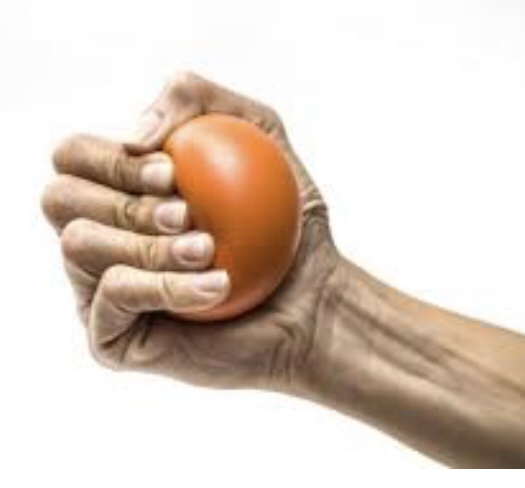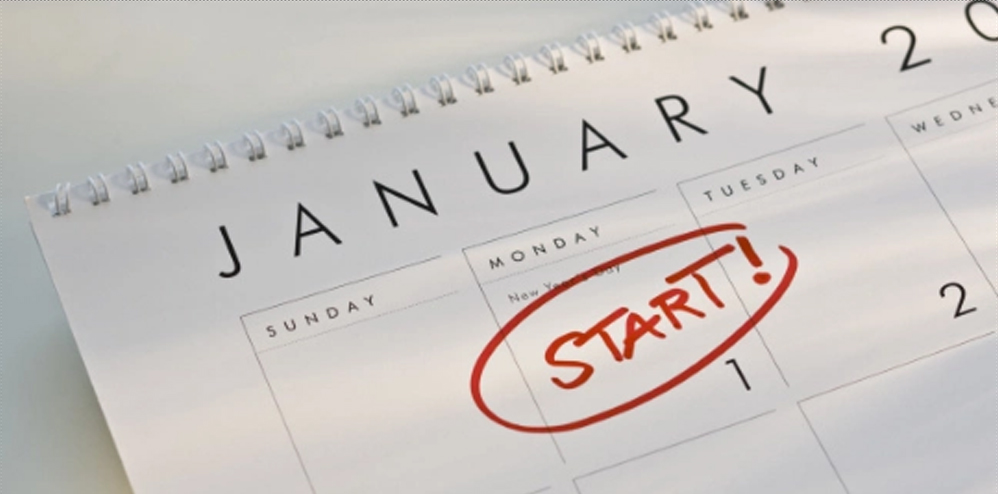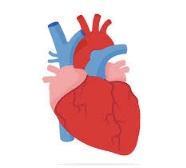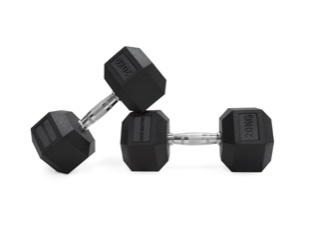IT’S About
KEITH MORTON
My name is Keith Morton and I’m the owner of Mortons Personal Fitness. I started personal training just over 30 years ago. But honestly, I haven’t always been big into my fitness. In fact, was bullied at school for being overweight, weighing in at 13 stone at age 13 wasn’t easy. So much so, that I decided to turn my life around. Little did I know I was about to take a turn for the worst.
I put SO MUCH pressure to myself that I went down to 6 stone in 1 year and became far too thin and borderline anorexic.
My doctor warned me that I would die unless I started eating properly. This was the awakening I needed to start eating properly and taking control of my health. Since then I have studied extensively fitness and nutrition and became a qualified personal trainer aged 18.
I then started up my own personal fitness business and since then, I've helped thousands of people lose weight, tone up and change their lives for
the better.
CLICK FOR FREE DOWNLOAD


Now it’s your turn…
I am offering a free PDF guide to the 6 most effective exercises to tone up your bum, tum, and arms. They are not only the most effective for the most sought after areas of improvement, but they can also be carried out in a gym or in the comfort of your own home!
Click the button below now to download your FREE copy of my brand new exercise guide now!
…and start feeling like the best possible version of you!
CLICK FOR FREE DOWNLOAD
- HAND STRENGTH
- NEW YEAR RESOLUTIONS 2019
- EXERCISE AND STITCHES
- CARDIO AND THE TALK TEST
- TRAINING PARTNERS
- WHAT TO DO ON YOUR REST DAYS
- DOMS
- HACK YOUR MOTIVATION
- WAIST HIP RATIO
- LIQUID CALORIES

Grip strength consistently predicts mortality risk from all causes in middle aged and elderly people.
It has been proven that people with stronger hands are more likely to live longer. In fact, grip strength is better at predicting mortality than blood pressure and poor grip strength has been identified as an independent risk factor for type 2 diabetes.
It is also really easy to measure your progress using gym equipment. You can test either of the following:
- How long you can hang from a pull up bar
- How long you can hold a barbell or a pair of
Many upper body exercises (such as pull-ups, pull downs, rows, deadlifts, etc) will improve your grip strength and therefore your life expectancy. It is encouraged that when doing exercises like a bench press where you don’t need to grip very tight, you should still do it any way as this will give you more control in the exercise and improve your grip strength at the same time.

How do you make one you’ll stick to?
New year resolutions are tricky. It’s rare to find someone who has stuck to one even once in their lifetime. Below you will find a few valuable steps to making your resolutions (and all of your futuregoals) stick this time.
SMART
Start by making your resolutions SMART. That is: Specific, Measurable, Attainable, Realistic and Time based:
Specific – Can you say “yes, I’ve done this” or “no, I haven’t done this”? Things like ‘eat healthier’ or‘exercise more’ are far too vague.
Measurable – Do you have a way to measure your progress?
Attainable – Could you actually do it? There’s a difference between setting a goal that will push you and setting one that is impossible right now. Small consistent steps beat drastic changes every time.
Relevant – Is it something you really want to do or are you just doing it because you think you should?
Time based – When do you want to do it by?
Tell everyone
Now that you have your goal, tell everyone you know! Not only will this keep you accountable but pay attention to the ones who express support as these are the people you’ll want to go to if it starts getting tough.
Don’t give up
If it’s not going well or you fail while still in early January, don’t beat yourself up too much about it. The best thing you can do is set a new goal immediately and go straight for it.

EXERCISE AND STITCHES
Most people who have ran at some point in their life have experienced having a ‘stitch’. A sharp, stabbing pain on the side of your ribcage that only seems to ease if you slow down or stop exercising.
They are not exclusive to runners but they commonly effect people when they are doing some form of cardiovascular exercise. The physiological cause of stitches is currently unknown but there are certain factors which have been proven to reduce the rate at which they occur:
- Not eating a large meal before exercising
- Not drinking sugary drinks before exercising
- Training regularly

CARDIO AND THE TALK TEST
The ‘Talk Test’ is a way of measuring the intensity of your cardio workouts without any need for heart rate monitors or other equipment.It’s as simple as it sounds; all you have to do is talk to someone while you train.
If you can talk quite easily and don’t really have to focus on the exercise, then you are working at a low intensity. When training, this intensity only really needs to be used at the start of a warm up or the end of a cool down.
When you are having to stop to take a breath between every few words, then you are working at a moderate intensity. This is the level you should aim to be at for the majority of your cardio work. The recommendation is to work at this level for a total of 150 minutes a week to keep your heart and lungs in good health.
If you are breathing heavily enough that you can’t talk at all or can only say the odd word here and there, you are working at a high intensity. This level can’t be maintained for a long time but it’s good to get to this point a few times a week once you have developed a good base level. Doing so yields huge benefits for your metabolism and will prepare your heart and lungs for anything.

TRAINING PARTNERS
Having a family member or friend there to train alongside you gives you several advantages over those going it alone:
Can double performance – Even if you’re not the competitive type (but especially if you are) just having someone you know there during your workouts has been shown to drastically boost performance, which will lead to better results.
Keeping each other accountable – There are always days that you just won’t feel like training and that’s okay. However, if this happens too many times in a row then you’ll lose the habit and stop altogether. A good training partner can encourage you to carry on if this starts to happen.
Support – You can celebrate each other’s successes and help each other out through defeats. Simple, but can really help with motivation.

WHAT TO DO ON YOUR REST DAYS
Everyone needs days off from the gym to recover, but that doesn’t mean you can’t do anything on your rest days. In fact, doing some light activity will promote blood flow, aid recovery and help you to recover faster. Here are a few ideas of things you could try in between your gym days that don’t require any equipment or much time commitment:
Walking – Loosen your joints and muscles while getting some extra cardio – Win-win!
Stretching – Even if you always stretch after a gym session, it doesn’t hurt to do a bit more on your days off, especially if you feel tight in certain areas.
Bodyweight exercises (press ups, planks, sit ups, squats, etc.) – If you’ve been in regular training for a while, doing some light exercises (not to failure) is a good way to recover while staying active.

DOMS
DOMS is the term for when your muscles ache 24-72 hours post-exercise. It can be anything between just a dull background ache and a soreness so bad that you can barely use the affected muscles (depending on how hard the exercise was).
DOMS is thought to be an inflammatory response to the micro-tears in the muscle fibers that occur during exercise. Eccentric exercise (the lowering of a weight), doing a new exercise and doing a lot of volume on the same muscle group are all the most common causes of DOMS.
The main misconception surrounding DOMS is that the workout hasn’t been a good one unless you get it. It’s simply a natural response to exercise and not anything to be worried about but as most people would prefer to have the use of their limbs at all times, you can reduce your soreness through stretching, massage, moving, icing and eating a healthy meal with good protein, carbs and fat.

HACK YOUR MOTIVATION
“Motivation is what gets you started. Habit is what keeps you going.”
While technically true, that doesn’t stop habits from breaking. I little added motivation from time to time goes a long way to keeping habits going strong. If you’re someone who repeatedly falls off the wagon and you want to stop this from happening, consider making a list of things that motivate and inspire you. Use anything you can think of; songs, articles, pictures, videos, etc. The trick is to make yourself go through this list whenever you feel like you’re about to quit. Most of the time, all it takes is this little push to get yourself back on track.

“Men with a waist-hip ratio over 1 and women with a waist-hip ratio over 0.85 are at an increased health risk.”

People who store more fat around their chest and waist are at a higher risk of developing health problems such as coronary heart disease and type 2 diabetes than people who store more fat on their hips and legs.
You can find out your waist to hip ratio by dividing your waist measurement by your hip measurement.

LIQUID CALORIES
Liquid calories should always be consumed in moderation (preferably not at all but it’s rare to have that much willpower) for 2 reasons:
Sugar – Responsible for so many avoidable health problems. Carbonated drinks are almost always loaded with sugar and fruit juices/squashes/smoothies aren’t far behind so don’t be fooled in to thinking you’re taking the healthy option.
Sweeteners – ‘Zero calorie/sugar’ and ‘Diet’ soft drinks pack in lots of these to make up for having no sugar but they are equally bad if not worse than it for your health!
On top of all this, drinking these will often mean you’re not drinking as much water as you could be, another reason to avoid them whenever you can!

